Postcard depicting the Old City Hall, Toronto in 1910. Photo Toronto Public Library, pck-2198
Postcards have lost their importance in today’s world. They are rarely sent or received, although they are still displayed on racks outside stores in the downtown areas where tourists are likely to stroll. Similarly, the role of Christmas cards in the yuletide season has diminished. Birthday cards, Valentines and Easter cards have also become less popular as people switch to electronic cards or Facebook for messaging. People today prefer the instant communication of social media. Other factors that have hastened the demise of greeting cards and postcards are their cost and Canada’s expensive postal rates.
It is a pity that hand-written messages on cards have become obsolete. Emails or posts on Facebook and blogs have their appeal, but there is something to be said for seeing the handwriting of the sender. Postcards from overseas have the added attraction of containing colourful stamps, and the pictures on the postcards provide images of where the sender is visiting or living. They are genuine artefacts from other parts of Canada and around the world.
Old Toronto postcards chronicle a pictorial history of the city and have become collector’s items. In past decades, only coins and stamps were more popular as collectors’ items than postcards. Collecting them is referred to as “deltiology,” from the Greek word “deltos” for a writing tablet. For many decades, picture postcards were the most popular souvenirs of travellers and tourists.
In the early years of the 20th century, few people owned telephones. The postal system was the quickest and cheapest form of communication. Mail delivery was six days a week, twice each day: one delivery in the morning and another in the afternoon. If a person mailed a postcard before 11 am, same-day delivery was guaranteed. A person was able to send a card in the morning to arrange a meeting in the late-afternoon or evening of the same day. Postcards required mere minutes to write and the postage was a mere penny. They were handy when a letter was not required. In past decades, the post office placed ads in Toronto newspapers to remind people that on Christmas Day, there would be a morning delivery only. Today, it is difficult to believe that such service was once the norm.
Postcards allowed people to keep in touch, especially with those who lived in the suburban areas of the city. For example, it was difficult for people living above the Davenport Road hill in the Earlscourt District, which centred on St. Clair and Dufferin Streets, to journey to the city below the hill. It was 1913 before streetcar service was available on St. Clair Avenue, connecting residents to the downtown. Prior to the streetcar line being built, to travel downtown, people walked down Dufferin Street, descending the hill to Davenport Road. Then, they continued south to Dufferin and Dupont Street (then named Van Horne), where they climbed aboard a streetcar that went downtown. The return journey was even more arduous, especially in winter, as it meant climbing the steep hill.
Before postcards were introduced there were “picture envelopes,” which were pre-printed and possessed attractive scenes. People inserted their letters in these envelopes. In 1871, the Canadian post office issued blank cards with stamps printed on them. The address to which the card was being sent was placed on the stamped side of the card, and on the other side was written a message. Businesses employed these cards to arrange appointments, confirm orders, and arrange deliveries. In 1897, lithographed or engraved pictures were allowed on one side of the cards, but there were no photos. In 1898, the post office legalized sending private cards in the mail. People were now able to take negatives of their favourite personal photos to drug stores and have copies printed from them in the format of postcards. These cards allowed families to keep in touch with friends and family members, as well as announce family events such as births and weddings.
In 1903, the format of the postcards changed again, appearing similar in design to those of today. A picture was on one side of the card and on the other, a vertical line separated the space for the address from the space allotted for the message. These were the cards that remained highly popular until the age of the internet.
This postcard, mailed in 1906, is intriguing, as it was sent to arrange a meeting, but the signature of the sender was disguised. The address in Kew Beach is quite simple compared with today’s addresses in this area of Toronto.
A 1910 postcard of the Bay Street Wharf, with the spire of St. James Cathedral in the background. Toronto Public Library, pcr-2137.
Postcard of looking north on Bay Street from Richmond Street in 1910. Toronto Public Library pcr-2201.
A 1910 postcard depicting the arrival of the boat from Niagara at the Yonge Street wharf. Toronto Public Library, pcr-2142.
This postcard was printed from a negative in the woman’s personal photograph collection. It was mailed in 1910 to the woman’s family in Ireland. She had immigrated to Canada and secured employment as a domestic in a house at 311 Jarvis Street. The card was printed for her by H.J. Fleming of 44 Ann Street, Toronto.
In 1914, she mailed this card to her family in Ireland. It contained a photo of her daughter, Ruth.
This postcard contains a photo of the woman’s house at 212 Perth Street. In 1918, she mailed copies of this card to relatives and friends, but kept a copy for herself. Ruth and her sister are sitting at the top of the veranda steps.
A valentine (left) and a birthday card (right), postcards that were mailed in 1927.
To view the Home Page for this blog: https://tayloronhistory.com/
A link to view previous posts about the movie houses of Toronto—historic and modern, and Toronto’s Heritage Buildings:
Recent publication entitled “Toronto’s Theatres and the Golden Age of the Silver Screen,” by the author of this blog. The publication explores 50 of Toronto’s old theatres and contains over 80 archival photographs of the facades, marquees and interiors of the theatres. It relates anecdotes and stories by the author and others who experienced these grand old movie houses.
To place an order for this book:
Book also available in Chapter/Indigo, the Bell Lightbox Book Shop, and by phoning University of Toronto Press, Distribution: 416-667-7791 (ISBN 978.1.62619.450.2)
Another book, published by Dundurn Press, containing 80 of Toronto’s old movie theatres will be released in the spring of 2016, entitled, “Toronto’s Movie Theatres of Yesteryear—Brought Back to Thrill You Again.”
“Toronto Then and Now,” published by Pavilion Press, explores 75 of the city’s heritage buildings. This book will also be released in the spring of 2016.
![Old City hall 1910, TRL. pcr-2198[1] Old City hall 1910, TRL. pcr-2198[1]](https://tayloronhistory.com/wp-content/uploads/2015/10/old-city-hall-1910-trl-pcr-21981_thumb.jpg)
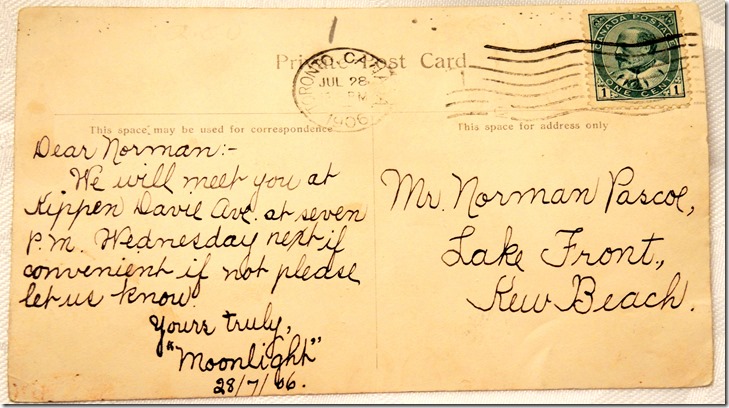
![Bay St. Wharf 1910, TRL. pcr-2137[1] Bay St. Wharf 1910, TRL. pcr-2137[1]](https://tayloronhistory.com/wp-content/uploads/2015/10/bay-st-wharf-1910-trl-pcr-21371_thumb.jpg)
![City Hall and Temple Blg. 1910, TRL. pcr-2200[1] City Hall and Temple Blg. 1910, TRL. pcr-2200[1]](https://tayloronhistory.com/wp-content/uploads/2015/10/city-hall-and-temple-blg-1910-trl-pcr-22001_thumb.jpg)
![Niagara boat at Toronto 1910 TRL. pcr-2142[1] Niagara boat at Toronto 1910 TRL. pcr-2142[1]](https://tayloronhistory.com/wp-content/uploads/2015/10/niagara-boat-at-toronto-1910-trl-pcr-21421_thumb.jpg)
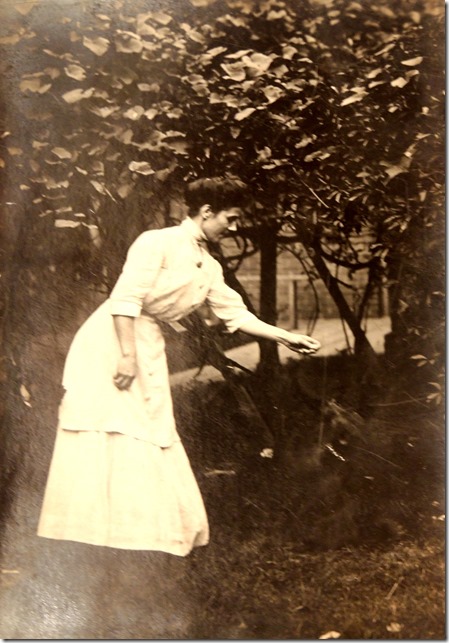
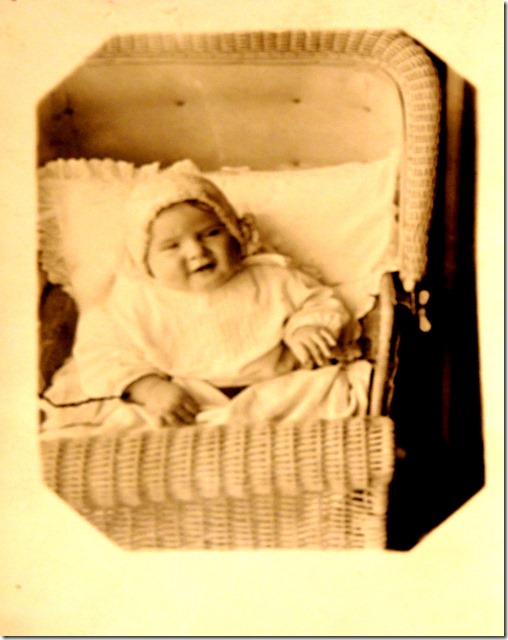
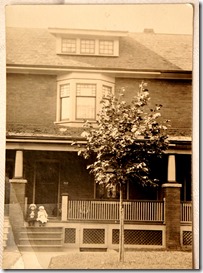
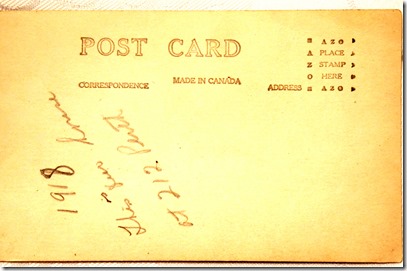
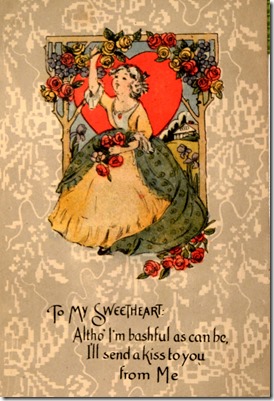

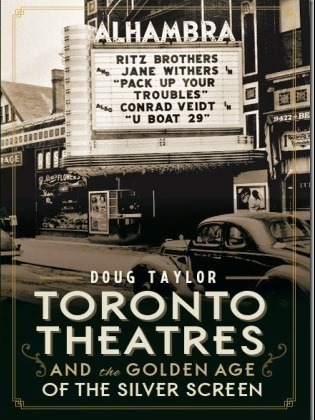


My name is Sheila. I have hundreds of of postcards of historic Toronto and articles. My late mothers collection. Please let me know if you are interested